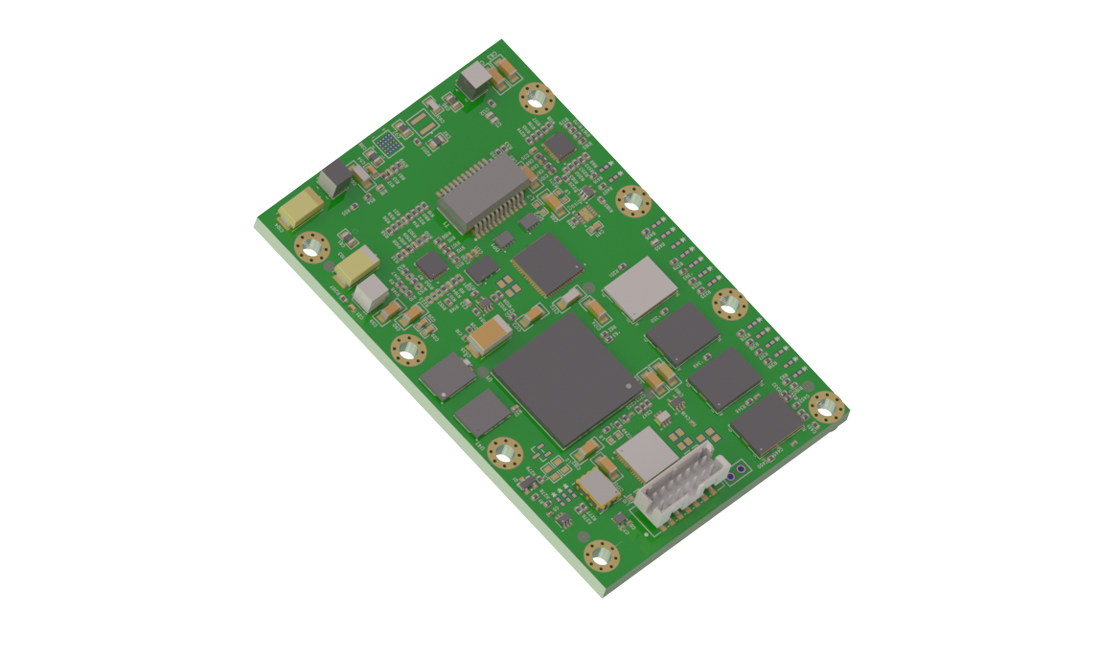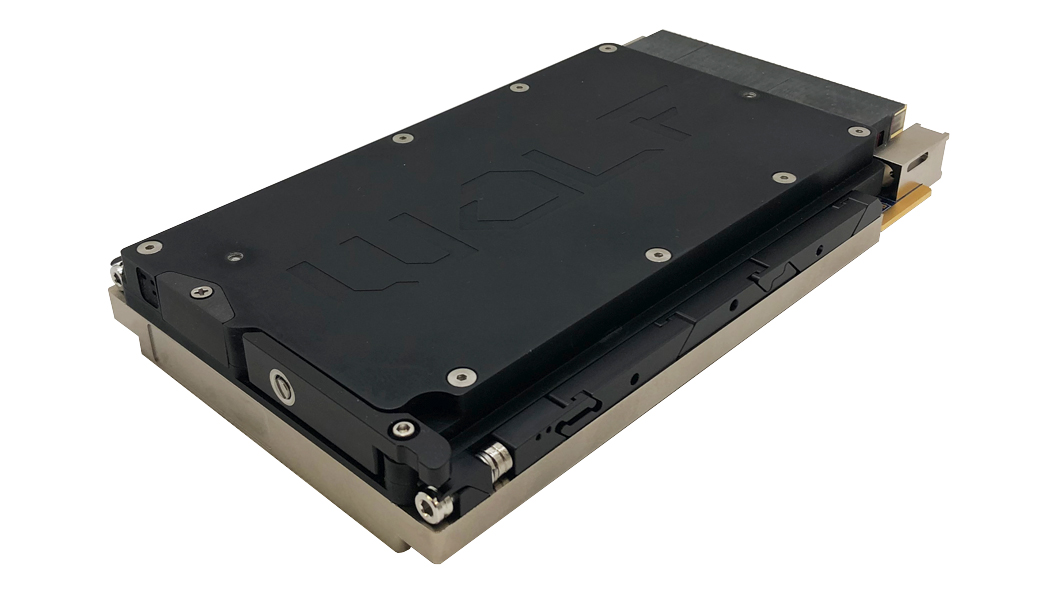| A Ground-Based Interceptor is shown shortly after liftoff from Vandenberg AFB, Calif. The launch was a test of the Ground-based Midcourse Defense element of the Ballistic Missile Defense System. The missile intercepted a long-range target that had been launched from Kodiak, Alaska several minutes earlier. |
| A long-range Strategic Targets System (STARS) rocket is launched from the Kodiak Launch Complex on Kodiak Island, Alaska |
UPDATE: a video of the event is available here
The Missile Defense Agency (MDA) announced today it has completed an important exercise and flight test involving a successful intercept by a ground-based interceptor missile designed to protect the United States against a limited long-range ballistic missile attack. The flight test results will help to further improve and refine the performance of numerous Ballistic Missile Defense System (BMDS) elements able to provide a defense against the type of long-range ballistic missile that could be used to attack an American city with a weapon of mass destruction.
The interceptor was launched from the Ronald W. Reagan Missile Defense Site, located at Vandenberg Air Force Base, Calif. For this exercise, a threat-representative target missile was launched from Kodiak, Alaska. The exercise was designed to evaluate the performance of several elements of the Ballistic Missile Defense System (BMDS). Mission objectives included demonstrating the ability of the Upgraded Early Warning Radar at Beale Air Force Base, Calif., to acquire, track and report on objects. The test also evaluated the performance of the interceptor missile’s rocket motor system and exoatmospheric kill vehicle, which is the component that collides directly with a target warhead in space to perform a “hit to kill” intercept using only the force of the collision to totally destroy the target warhead. Initial indications are that the rocket motor system and kill vehicle performed as designed. Program officials will evaluate system performance based upon telemetry and other data obtained during the test.
The target was also successfully tracked by the Sea-Based X-band (SBX) radar and an Aegis Ballistic Missile Defense ship using onboard SPY-1 radar. The Missile Defense Agency is developing and deploying an extensive network of land and sea-based radars to detect and track all types of ballistic missiles and to provide targeting information to interceptor missiles through the Command, Control, Battle Management and Communication (C2BMC) system.
The Ground-based Midcourse Defense system currently has interceptor missiles deployed at Ft. Greely, Alaska, and Vandenberg AFB, Calif. Several U.S. Navy Aegis-class cruisers and destroyers with advanced SPY-1 radar have been modified for integration in to the command, control, battle management and communication element of the Ground-based Midcourse Defense system.








